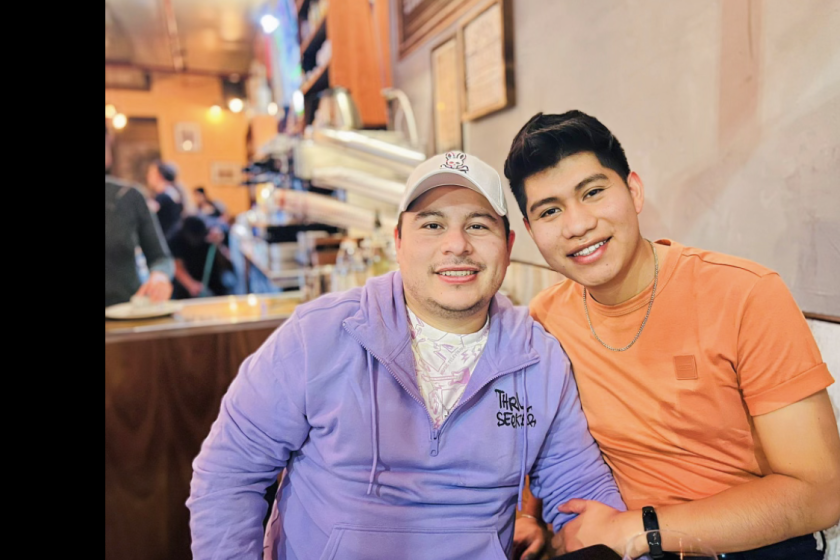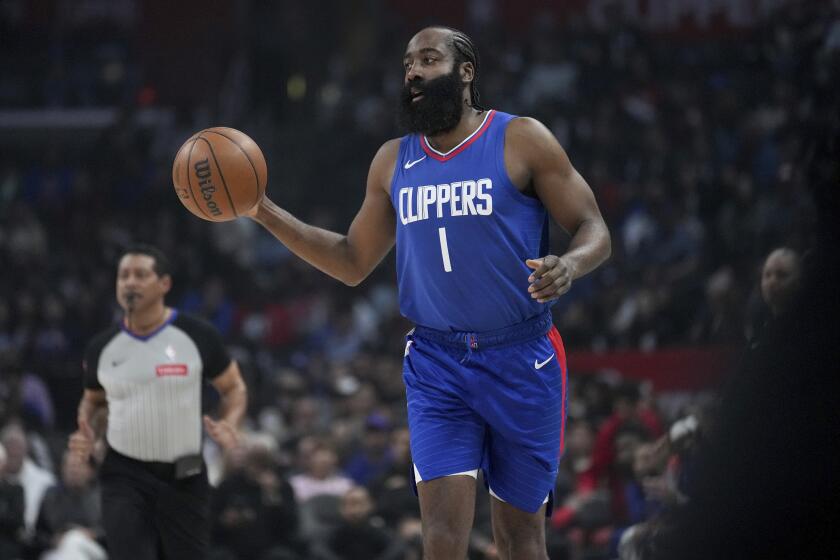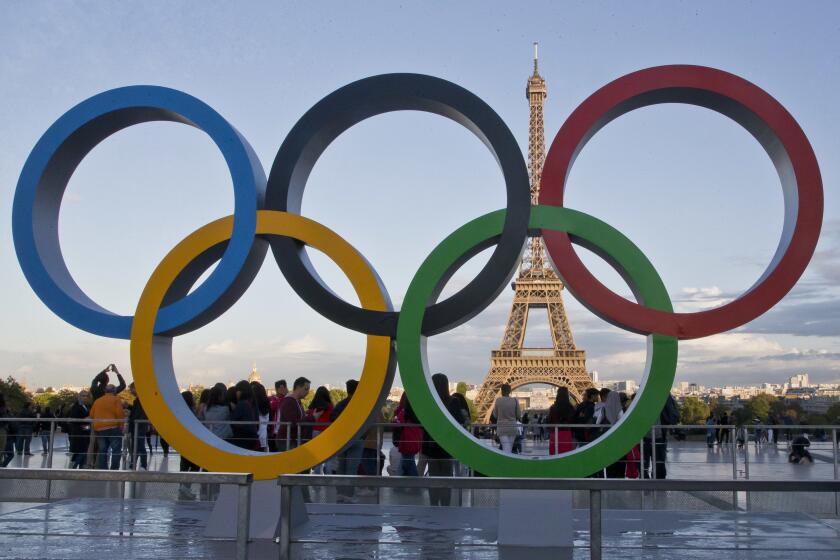Colombia’s Barranquilla Carnival kicks off with Battle of Flowers
The Battle of Flowers, a grand parade attended by more than 600,000 people, kicked off the four-day-long annual Barranquilla carnival, the second-largest in the world, on Saturday.
One of the most popular festivals in the country, the carnival - declared by UNESCO as Masterpieces of the Oral and Intangible Heritage of Humanity in 2003 - dates back to the 1880s.
The Battle of Flowers, one of the biggest draws of the carnival, dates back to 1903, and was aimed at celebrating the end of the One Thousand Days War in Colombia.
After the end of the war, the people of Barranquilla gathered for the parade and fought with flowers instead of bullets, mocking war-mongers, including real life politicians and leaders.
Like every year, the Battle of Flowers, put up a grand, colorful spectacle replete with 30 floats, more than 12,000 dancers from 100 folkloric groups, cumbiambas (popular Colombian dance), along with people dressed in traditional and modern costumes.
The Carnival Queen, Carolina Segebre Abudinen, toured the city on her flower-decked chariot “Golden City”, in a tribute to the vibrancy of the city.
A cloudless sky and with temperatures of around 35 degrees, the participants enjoyed the parade from road-side viewing boxes set up by the organizers.
The parade - that continues for almost six hours - is known for its incredible costumes and parodies of current events and world leaders.
On Saturday, participants dressed up as President Nicolas Maduro and opposition leader Juan Gaido and mocked the political crisis in Venezuela.
Parodies of Pope Francis, Colombian President Ivan Duque and his wife, Maria Juliana Ruiz, drew loud laughter from the viewers.
Traditional costumes such as those of superheroes, harlequins, fire eaters, marimondas, the negritos (black men) of Santa Lucia, negritas puloy (black women dancers) and congos also added to the riot of colors and creativity.
The parade was also organized into dance troupes according to their sonorities so the cumbias were further divided into segments like the Garbatos, Mapale and Son de Negro.
The magnificent floats were an ode to their creators, with themes including “Paloteo en batalle” (Bickering in Battle), “Vuelo al Paraiso” (Flight to Paradise), “Puloy” (Colombian Caribbean), and “Furia Africana” (African Fury), reflected the creativity of their builders.
The parade also included a musical tribute to music legends Celia Cruz, Joe Arroyo, Tito Puente and Diomedes Diaz.



